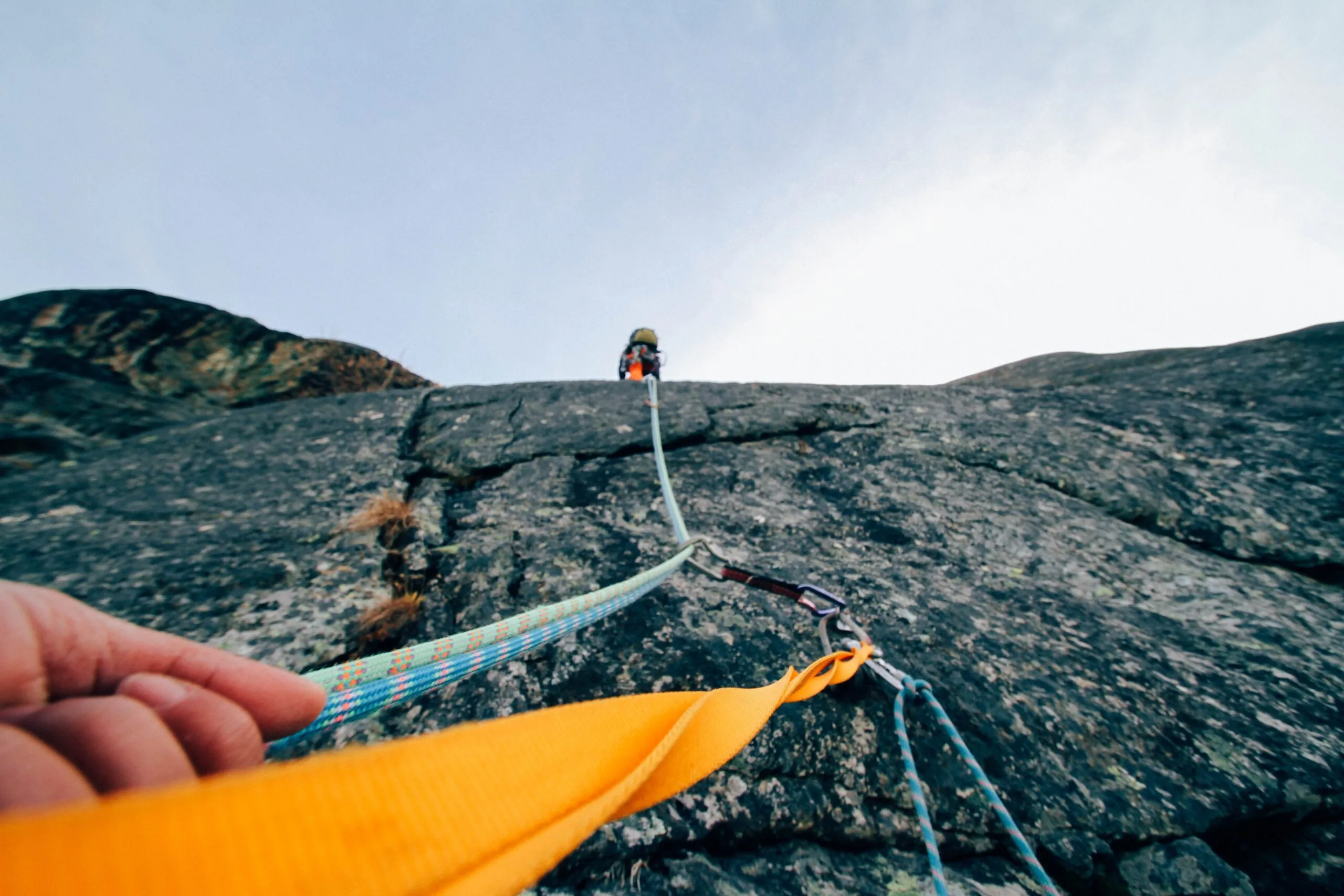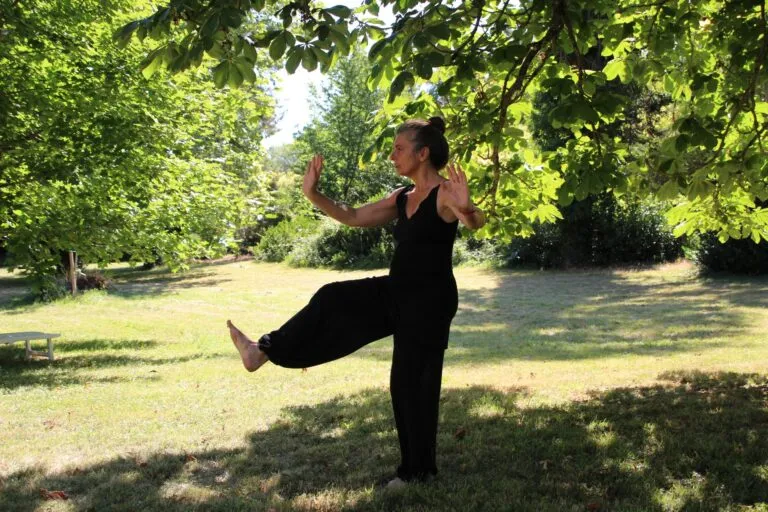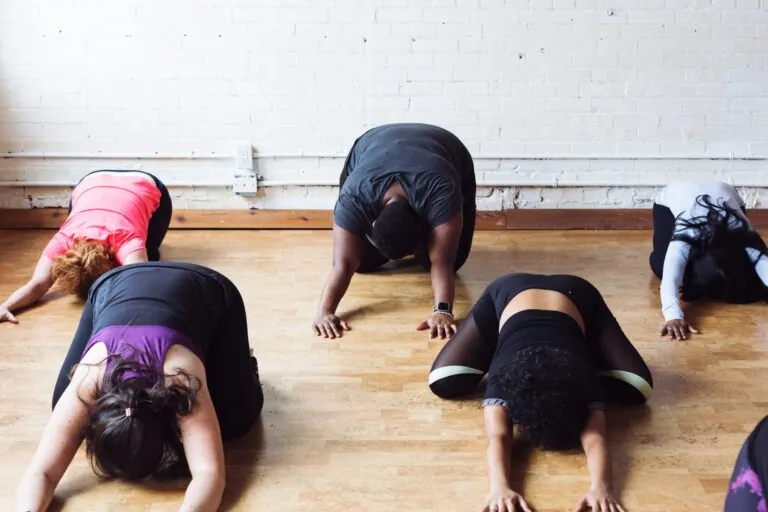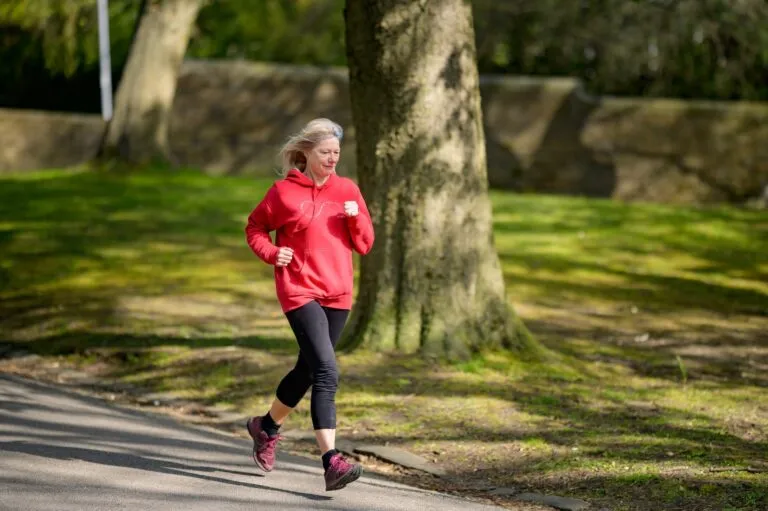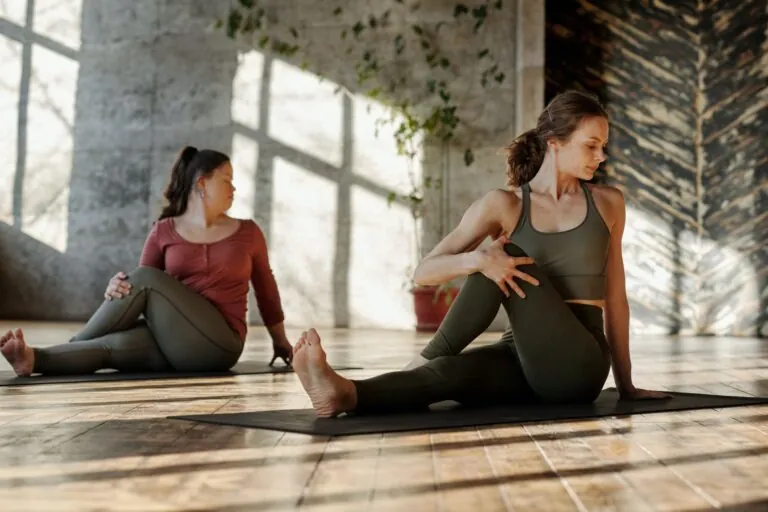Quad Wasting after ACL Injury: A ‘Prehabilitation’ Approach
Tearing the ACL— a dreaded diagnosis often accompanied by reconstructive surgery and extensive rehabilitation.
This injury is common in sports that involve sudden stops or changes in direction, jumping or landing, such as soccer, basketball, gymnastics, football, or downhill skiing.
Injury is often followed by pain, swelling, and a feeling of ‘giving out’ or instability in the knee.
An injury to the ACL also causes noticeable wasting and weakness of the quadriceps muscle – known as Arthrogenic Muscle Inhibition (AMI).
Physical consequences of this include continued weakness of the quadriceps muscle in both the injured and uninjured leg that presents an obstacle to successful rehabilitation.
AMI often occurs:
- after knee injury
- after knee surgery
- or in patients with knee joint arthritis
What causes AMI?
What causes AMI is not fully understood.
It is hypothesis to be a protective mechanism to avoid further joint damage.1
Research suggests that injury to the ACL somehow disrupts the quadriceps’ ability to receive signals from the brain regarding voluntary muscle control – that is, the muscle cannot fully contract or “activate”.
Repairing this neural connection between the brain and the quadriceps muscle before having ACL reconstructive surgery can significantly enhance quadriceps activation and improve recovery timelines.2
How to prehabilitate the quadriceps to treat AMI
Research has shown that physical exercise focused on strengthening and improving neuromuscular function can help treat AMI.2
Below, local physiotherapist, Nani Woollings, provides some expert tips on 4 simple exercises that can be used to get those quadriceps firing!
Dosage (repetitions and sets) will depend on each individual’s strength, ability, and injury severity. Stop any exercise if you have sharp pain or if you begin to lose form.
Disclaimer: As always if you have an injury, see a physiotherapist or other healthcare practitioner who can advise you on rehabilitation (or “prehabilitation”!) and optimal loading with exercise prior to starting a program.
Quad set/towel squish
- Lie on your back or sit with your back supported if needed, and legs outstretched.
- Bend your unaffected knee.
- If it’s comfortable, place a small rolled hand towel or face cloth under your straightened knee.
- Activate your thigh muscles (your quadriceps), slowly trying to squish the towel and straighten your leg into the ground. For this exercise, your foot remains on the ground. Hold for 3-5 seconds. Relax your muscle and rest for 5 seconds, then repeat.
- Dosage: 8-10 repetitions, 3-5 sets
Quad over roll
- Lie on your back.
- Place a bolster, foam roller, or rolled towel under your knees.
- Activate your quadriceps so that your knee straightens, and your foot leaves the ground. Hold for 3-5 seconds. Relax your muscles and rest for 5 seconds, then repeat.
- Dosage: 8-10 repetitions, 3-5 sets
Straight leg raise
- Lie on your back, bending your unaffected knee.
- Begin with a quad set as in exercise 1, first straightening your knee to engage your quadriceps, then lifting your straight leg off the ground, keeping toes facing the ceiling, and your foot and ankle relaxed.
- Lift only as high as you can maintain a straight knee (to a maximum of 45˚).
- Hold for 3-5 seconds. Relax your muscles and rest for 5 seconds, then repeat.
- Dosage: 8-10 repetitions, 3 sets
Counter/railing squat
- This exercise is more advanced, but also more functional for daily activity.
- Stand facing a railing or counter with feet just wider than hip width apart.
- Feet can be straight or rotated slightly outward.
- Holding the bar, sit back as if you are about to sit onto a chair.
- Lower to a maximum of 90˚ (thighs parallel to the ground), and hold for 3-5 seconds. Press back to standing, then repeat.
- Dosage: 8-10 repetitions, 3 sets
- A TRX, rings, or other suspension trainer may be used to progress this exercise instead of a counter or railing.
Expert Contributor

Nani Woollings PT, MSc., MScPT, is a physiotherapist and current coach and former member of the Youth National Climbing Team.
Citations
- Hopkins JT, Ingersoll CD. Arthrogenic muscle inhibition: a limiting factor in joint rehabilitation. J Sport Rehabil. 2000;9:135–59.
- Sonnery-Cottet B, Saithna A, Quelard B, et al Arthrogenic muscle inhibition after ACL reconstruction: a scoping review of the efficacy of interventions. British Journal of Sports Medicine 2019;53:289-298.

